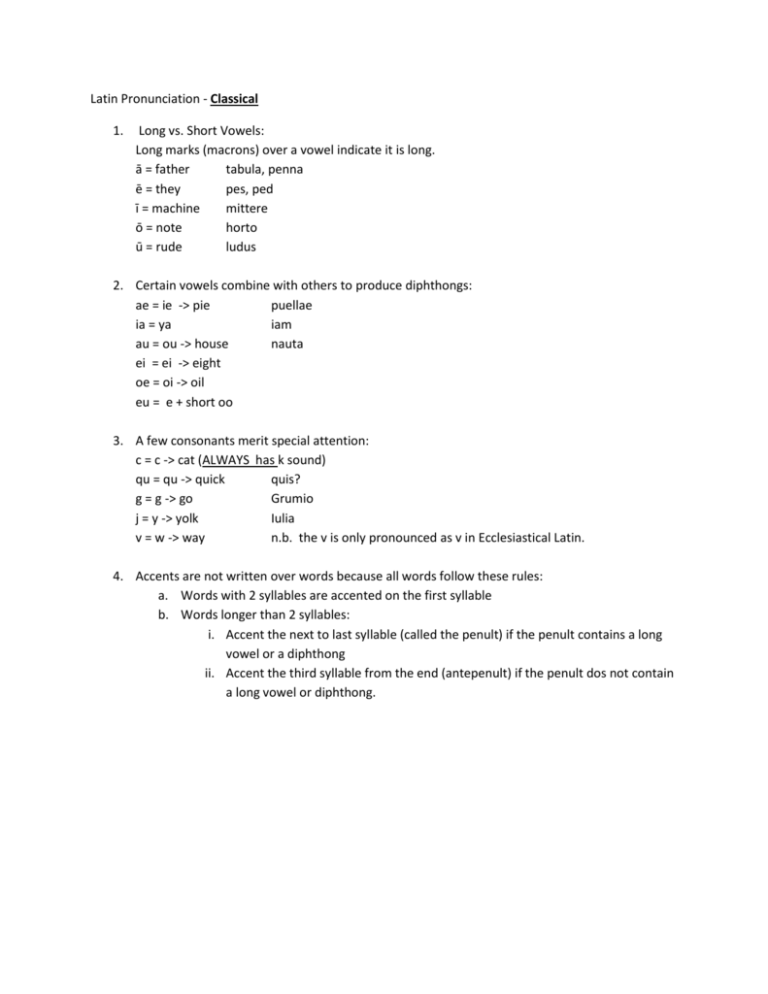
- #HOW TO INSERT AN E WITH AN ACCENT MARK IN A DOCUMENT HOW TO#
- #HOW TO INSERT AN E WITH AN ACCENT MARK IN A DOCUMENT CODE#
LaTeX handles accents differently in math mode. Note that the above remarks only apply to text mode. TeX uses \ae and \AE for æ and Æ, \o and \O for ø and Ø, and \aa and \AA for å and Å. The ones corresponding to HTML entities listed above are ` (grave), ' (acute), ^ (circumflex), ~ (tilde), " (umlaut), and c (cedilla).Įxamples: jalapeño is written jalape\~no in TeX. Unlike HTML entities, any mark can be added to any letter.
#HOW TO INSERT AN E WITH AN ACCENT MARK IN A DOCUMENT CODE#
The code is a single character indicating the kind of diacritical mark to add. TeX uses a consistent pattern for adding diacritical marks to letters:
#HOW TO INSERT AN E WITH AN ACCENT MARK IN A DOCUMENT HOW TO#
See Greek letters in HTML, XML, TeX, and Unicode for an explanation of how to denote Unicode symbols in ASCII text in XML. Note that most HTML entities are not legal in XHTML. The æ ligature follows a pattern similar to accents: æ produces æ and Æ produces Æ. Finally, slash only applies to “o.” ø produces ø and Ø produces Ø. The cedil (cedilla) code can only be applied to “c.” ç produces ç and Ç produces Ç. The code ring can only be applied to “a.” å produces å and Å produces Å. There are three additional accent codes that can only be applied to a single letter. For example, the entity à places a grave accent on the letter “a”, but there is no entity &ngrave to put such an accent on top of a letter “n.” Not all combinations of letters and accents are possible. The possible accent codes are grave, acute, circ (circumflex), tilde, and uml (umlaut). The letters that can be accented this way are a, c, e, i, n, o, u, and y, in both their lower-case and upper-case forms.

The general pattern for constructing an HTML entity for an accented letter is HTML uses “entities”, escape sequences, to represent accented letters (diacritics) with only ASCII characters. The page begins with explanations for HTML, LaTeX, and Word and concludes with a chart summarizing how accents are handled across languages. This page explains the patterns behind how HTML, TeX, and Microsoft Word represent accented letters.


 0 kommentar(er)
0 kommentar(er)
